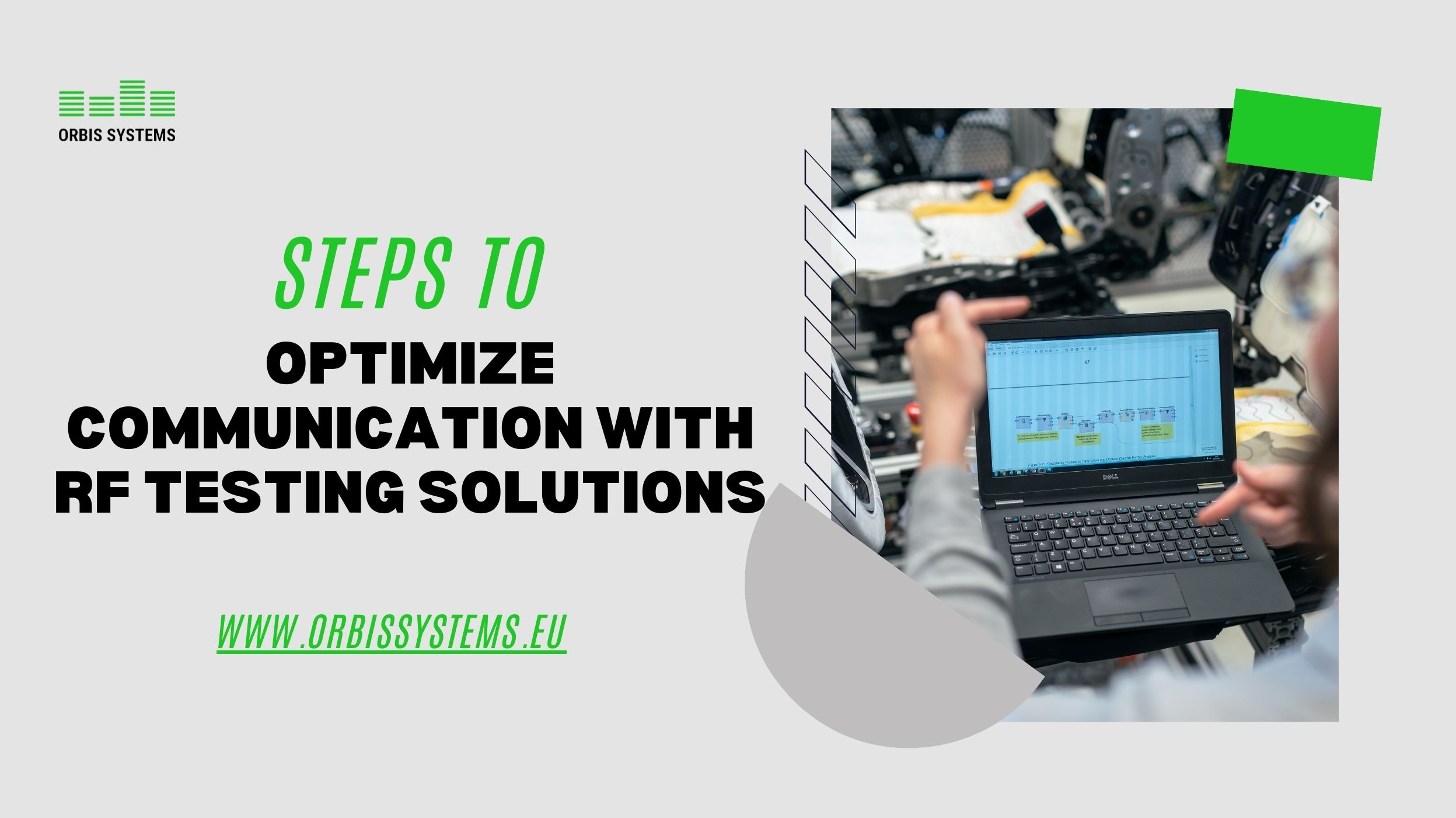
We live in the era where due to technological advancements, communication could not be faster and thus it is crucial. Combined with the advancements of the wireless technology we are entering in 5G era, continuous enhancement in the communication can be addressed with the help of RF testing solutions. This blog will help you understand how to optimize your communication tools, based on such devices as 5G mm wave test equipment and employing various forms of radio frequency testing, including RF shielded box and an RF signal testing kit.
Understanding RF Testing Solutions
However, it will help to understand what is meant by RF testing solutions before examining the optimisation steps involved. The RF, or radio frequency, test is an indispensable phase in which it is examined how devices perform within the frequencies expected of them. This is particularly so with reference to the new frequencies such as millimeter which is an attribute of the 5G technology.
The Importance of RF Testing
Testing of RF aids in tuning out problems as regards signal integrity, interference, among others. Therefore engineers can be able to use specialized equipment such as 5G mm wave test equipment and be able to agree with the set standards and make sure that the devices performs as required in the field.
Step 1: Identify Your Testing Requirements
The first step in optimizing communication is to identify your specific testing requirements. Consider the following:
-
Device Specifications: What frequencies does your device operate on? Understanding the frequency range is crucial for selecting the right testing equipment.
-
Regulatory Standards: Different regions have varying regulatory requirements. Be sure to familiarize yourself with these standards to avoid compliance issues.
-
Application Needs: Determine the intended use of your device. Is it for consumer electronics, industrial applications, or telecommunications? This will influence your testing approach.
Utilizing RF Shield Boxes
Once you have a clear understanding of your requirements, it’s time to consider the tools at your disposal. An RF shielding box is an excellent solution for controlled testing environments. These boxes prevent external interference, allowing for accurate measurements of your device’s performance.
Step 2: Choose the Right Testing Equipment
Selecting the appropriate testing equipment is vital for accurate results. Here are some key components to consider:
-
5G mm Wave Test Equipment: This equipment is specifically designed to work with higher frequency ranges associated with 5G technology. Investing in high-quality testing equipment will yield more reliable data.
-
RF Signal Tester: These testers help in evaluating the strength and quality of the RF signals your device produces. A good RF signal tester can pinpoint issues that may not be visible during regular testing.
-
RF Units: Ensure that the RF units you select are compatible with your testing setup. This compatibility will streamline the testing process and improve efficiency.
The Role of RF Testing in 5G
With the rollout of 5G technology, the need for comprehensive RF testing has never been greater. The unique characteristics of 5G, such as its reliance on millimeter waves, demand specialized testing solutions. This is where 5G mm wave test equipment becomes indispensable.
Step 3: Implement a Testing Protocol
Establishing a structured testing protocol is essential for consistent results. Here’s how to create an effective protocol:
-
Define Testing Objectives: Clearly outline what you aim to achieve with each test. Are you assessing signal strength, interference, or overall device performance?
-
Create a Testing Schedule: Regular testing of electronic equipment should be part of your development cycle. This can help catch issues early and ensure compliance with standards.
-
Document Procedures: Keep detailed records of testing procedures and results. This documentation can be invaluable for future reference and troubleshooting.
Leveraging RF Shielding Boxes for Consistency
Incorporating RF shielding boxes into your protocol can significantly enhance consistency. By minimizing external variables, you can ensure that your tests yield repeatable and reliable results.
Step 4: Analyze Test Results
After conducting tests, the next step is to analyze the results. Here’s how to approach this process:
-
Identify Patterns: Look for trends in the data. Are there consistent areas where devices struggle? This can help direct your engineering efforts.
-
Compare Against Standards: Ensure that your results align with regulatory standards. If there are discrepancies, further investigation may be necessary.
-
Seek Feedback: Involve multiple stakeholders in the analysis process. Different perspectives can provide insights that you may have overlooked.
Tools for Data Analysis
Utilizing software tools for data analysis can help in visualizing results and identifying issues more effectively. Many RF testing solutions come with built-in software that can facilitate this process.
Step 5: Iterate and Improve
Continuous improvement is key in the field of RF testing and communication. Based on your analysis, make adjustments to your devices or testing protocols. Here are some tips for effective iteration:
-
Prototype Testing: Before finalizing a product, conduct thorough testing on prototypes. This allows you to identify and address issues early in the development process.
-
Incorporate User Feedback: If possible, gather feedback from end-users regarding device performance. Real-world usage often reveals insights that lab testing cannot.
-
Stay Updated: Keep abreast of the latest advancements in RF testing technology. As 5G technology evolves, so too should your testing methods.
Conclusion
Optimizing communication with RF testing solutions is a multifaceted process that involves careful planning, execution, and continuous improvement. By following the steps outlined in this blog, and leveraging tools such as 5G mm wave test equipment, RF shielding boxes, and RF signal testers, you can enhance the performance and reliability of your wireless devices.
As the demand for robust communication solutions grows, investing in comprehensive RF testing strategies will position your organization for success in the competitive landscape of wireless technology. Embrace these practices and watch your communication capabilities soar.